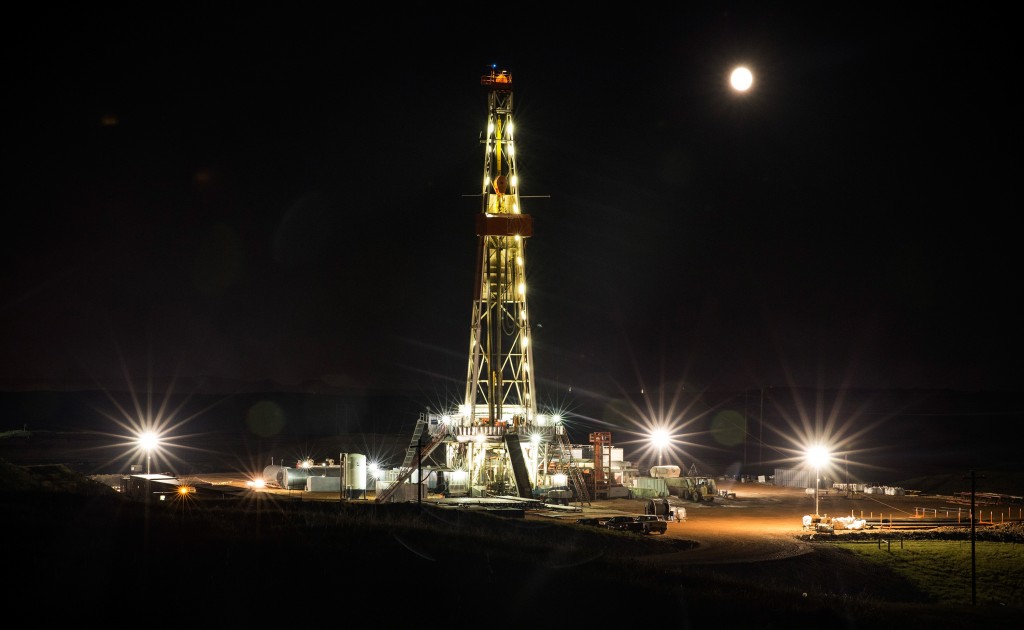Improved drilling productivity in shale and other unconventional formations has been a major driver of the US shale gas and tight oil revolutions, and will be critical to the development of the country’s energy future. The US Energy Information Administration has developed a new information resource, a monthly Drilling Productivity Report, to shed more light on the issue.
“Given the importance of drilling productivity trends as a driver for future domestic production, EIA has been developing new approaches to assess the productivity of drilling operations,” the EIA said.
The first report, scheduled for release tomorrow, will “provide region-specific insights into rig efficiency, new well productivity, decline rates at previously existing wells, and overall production trends”, the EIA said.
A good deal of the debate around the sustainability of the country’s oil and gas production growth has focused on whether new production from unconventional drilling can outpace output declines at existing wells. While this report may not provide the definitive proof that ends the argument, it should help to provide some additional data on which to base conclusions.
Mike Lynch published a recent piece in Forbes on shale gas production in which he pointed out a significant obstacle to the decline rate discussion. The term “involve[s] intricate calculations with difficult to access datasets, and [has] a technical air…Most of the work is opaque to the layperson, and as such, tends to be hard to refute.”

